Exploring envision materials for desktop computers, the ‘Rest of Us” project by designers Hank Beyer and Alex Sizemore created Mac models using ice, peat, coal, limestone, lard, beeswax, sandstone, and clay. Beyer and Sizemore rephrased Apple’s marketing tagline “Macintosh – the computer for the rest of us” for their project to showcase regional materials to make a desktop computer.
Photographs of the created Mac models in envision materials are now published in their book “A Journey into Personal Computing and the Intangible Values of Regional Materials” which is printed and hand-bound by Bookart, a division of Anteism publishing, in Montreal, Canada.
A book exploring eight materials across the American midwest. It investigates the processes, people, history, politics and values of each regional material source, and envisions how the material could be used to create a desktop computer.
The photography and artwork is printed on a sheetfed, seven color, digital offset printer. The book is printed and hand-bound by Bookart, a division of Anteism publishing, in Montreal, Canada.
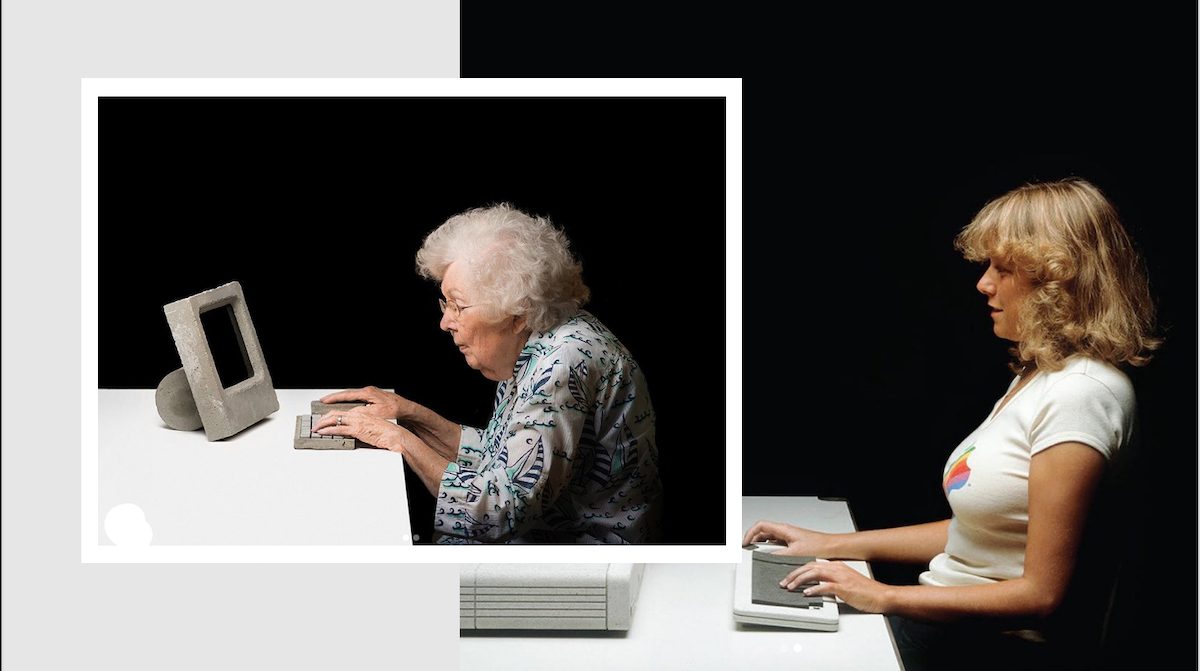
Mac in eight envision materials for an emotional connection to regional materials
Talking to FastCompany the designers explained that they are not against globalization, but want people to think about its “implications” and want them to explore unconventional materials for a shift in product relationships. Beyer and Sizemore have articulated their purpose and vision in their blog sharing the amazing Mac models in envision materials.
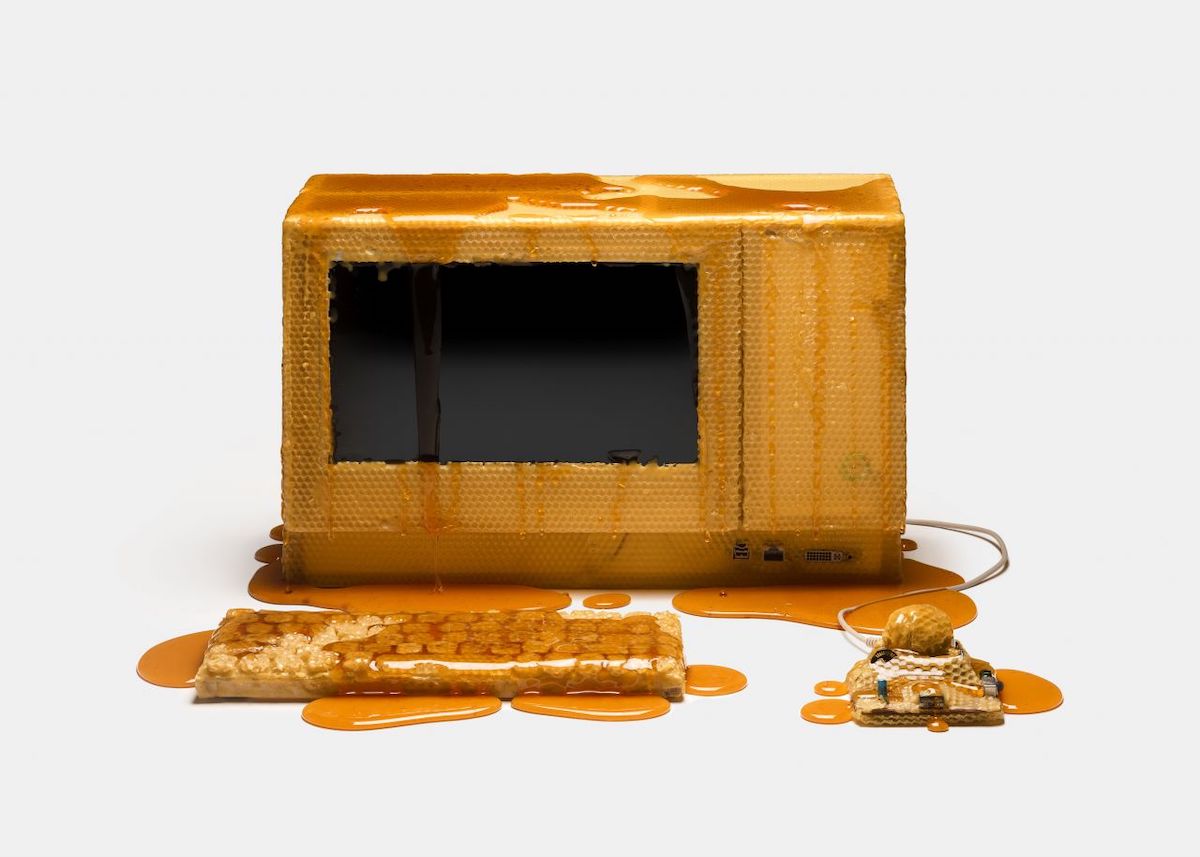
Throughout the past year, we explored parts of Ohio, Kentucky, Michigan and New York in search of regional material sources and their associated processes, people, history, politics and values.
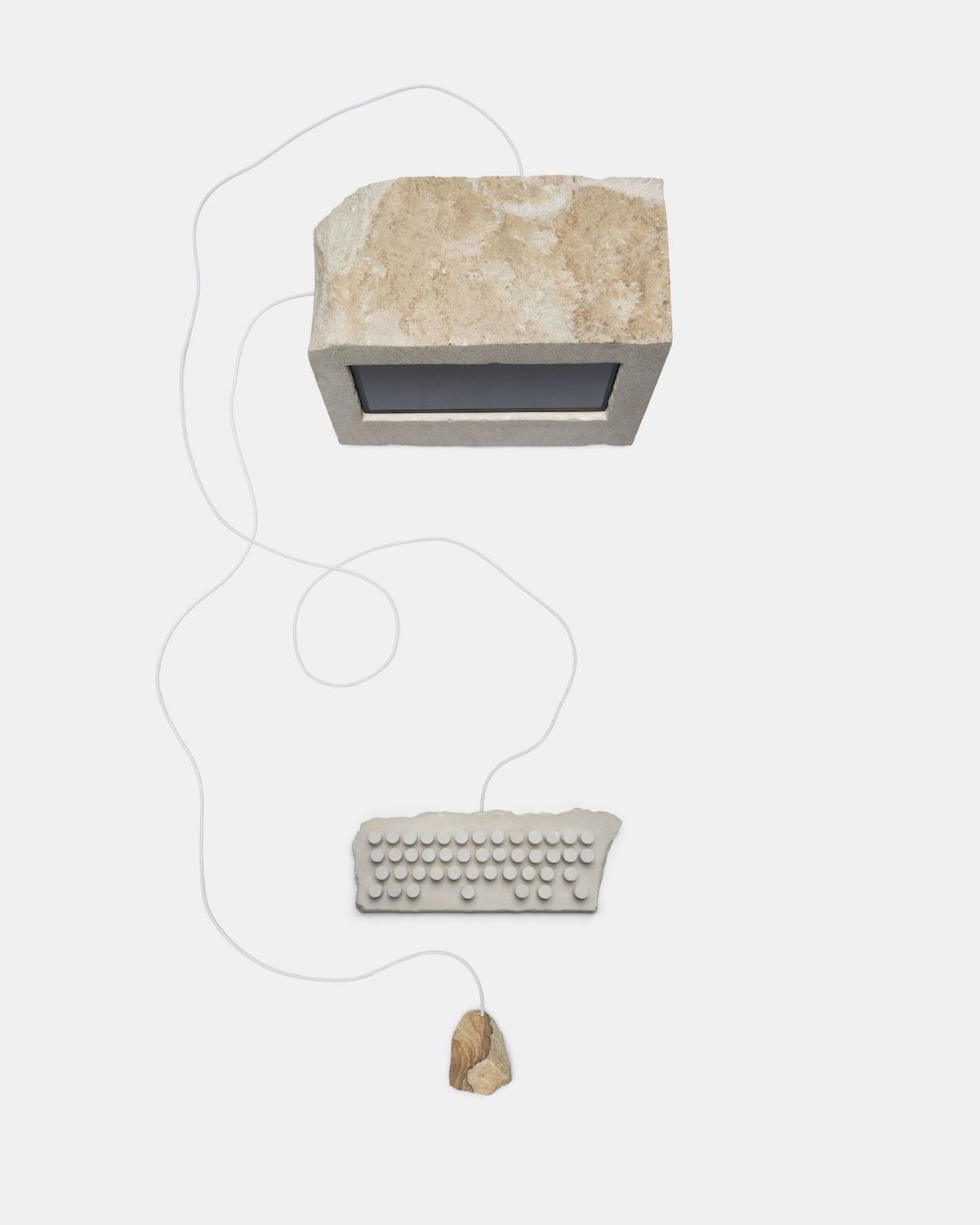
Products around us are often optimized for universal appeal, aesthetics, usability and industry which suggests an only means to provide value in an idealized consumer life. This project seeks to spur discourse and challenge common preconceptions of materiality within everyday objects by displacing the notion that materials best for industry are best for humanity.
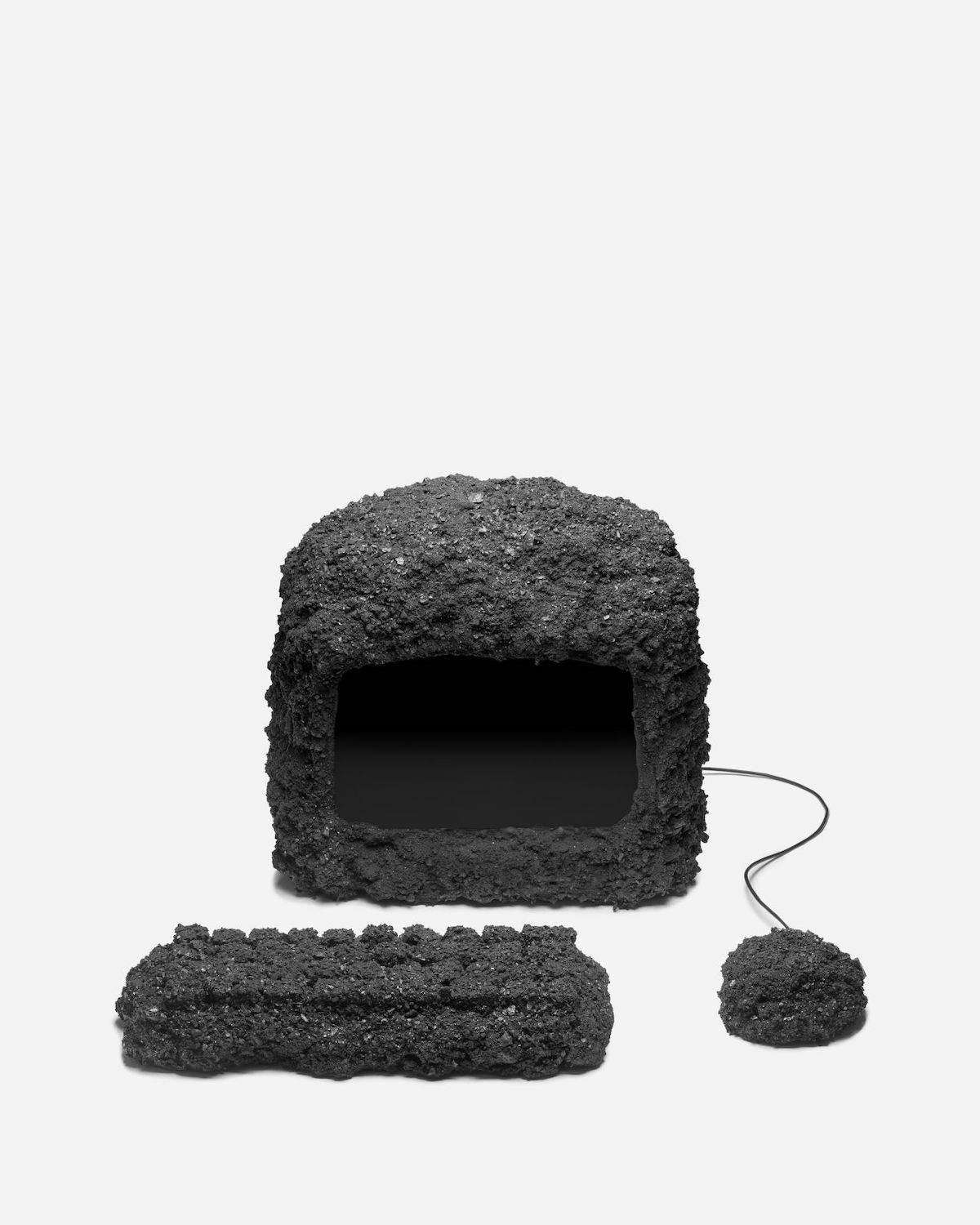
During the course of these firsthand inquiries into materials and their origins, we sought to investigate not only the physical, but also the emotional. By presenting materials and using storytelling in a way that celebrates intangible values, we can imagine a more preferable material future that better acknowledges the richness of human experience.
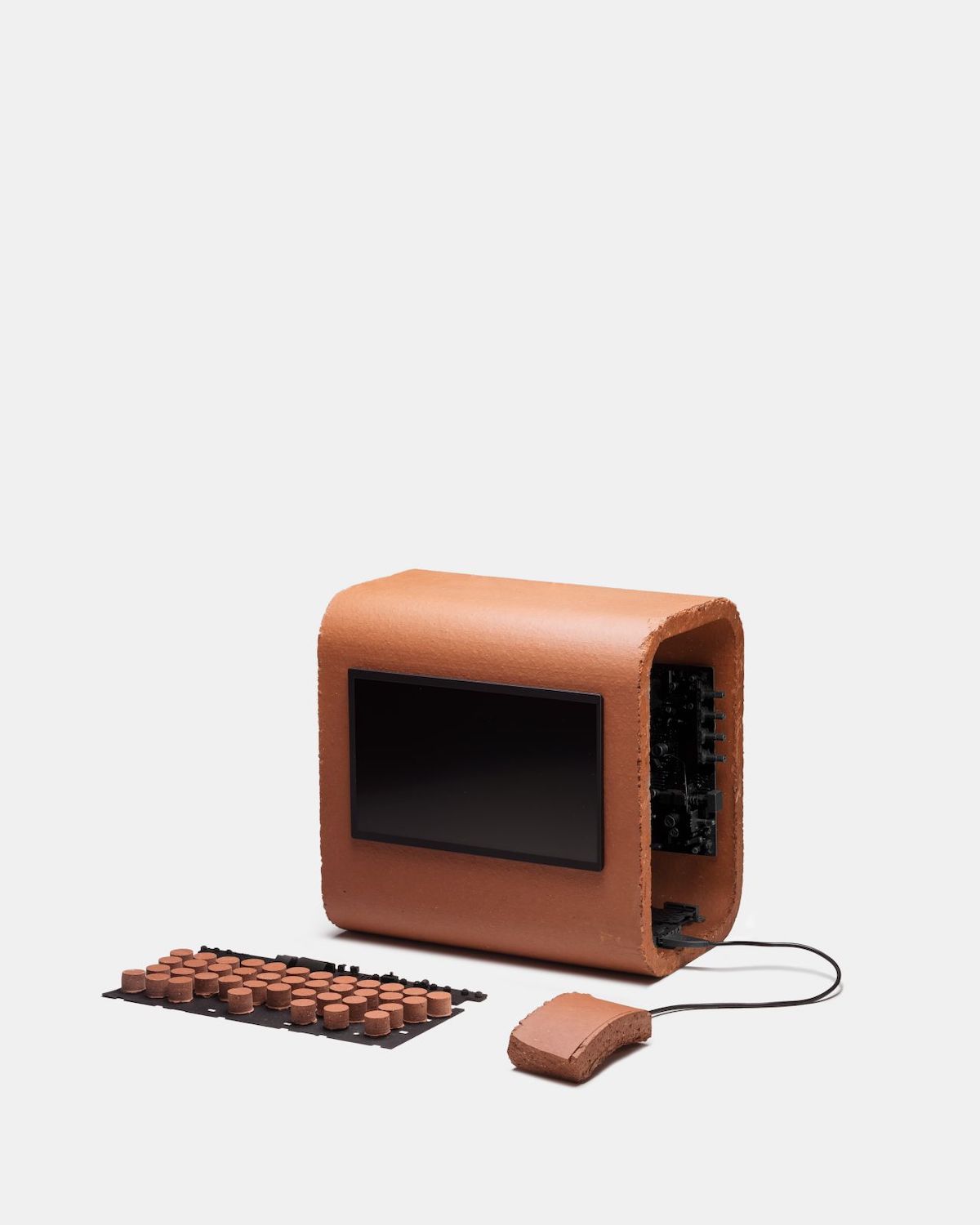
To illustrate our findings and to serve as an aid in imagining unconventional materiality in everyday life, we chose to reinterpret the archetype of a desktop computer. As one of the most recognizable objects of the past three decades, it provides a point of familiarity that allows an individual to insert themselves into an alternative reality. By providing this access point suddenly the abstract, ironic, humorous and other-worldly can be considered, questioned, discussed and discovered.
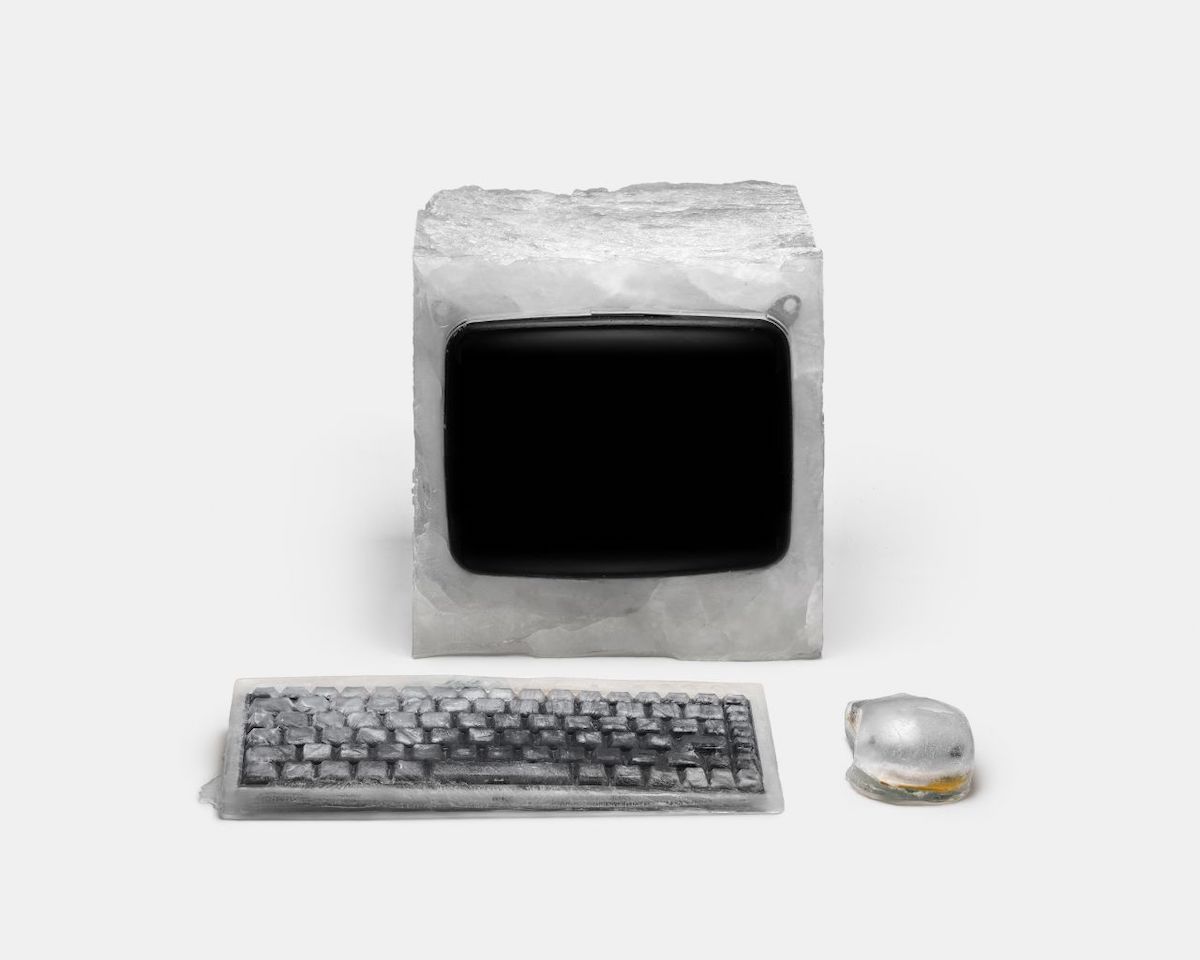
Designers have a responsibility to explore these seemingly impossible realities in order to push our world towards more meaningful physical futures.
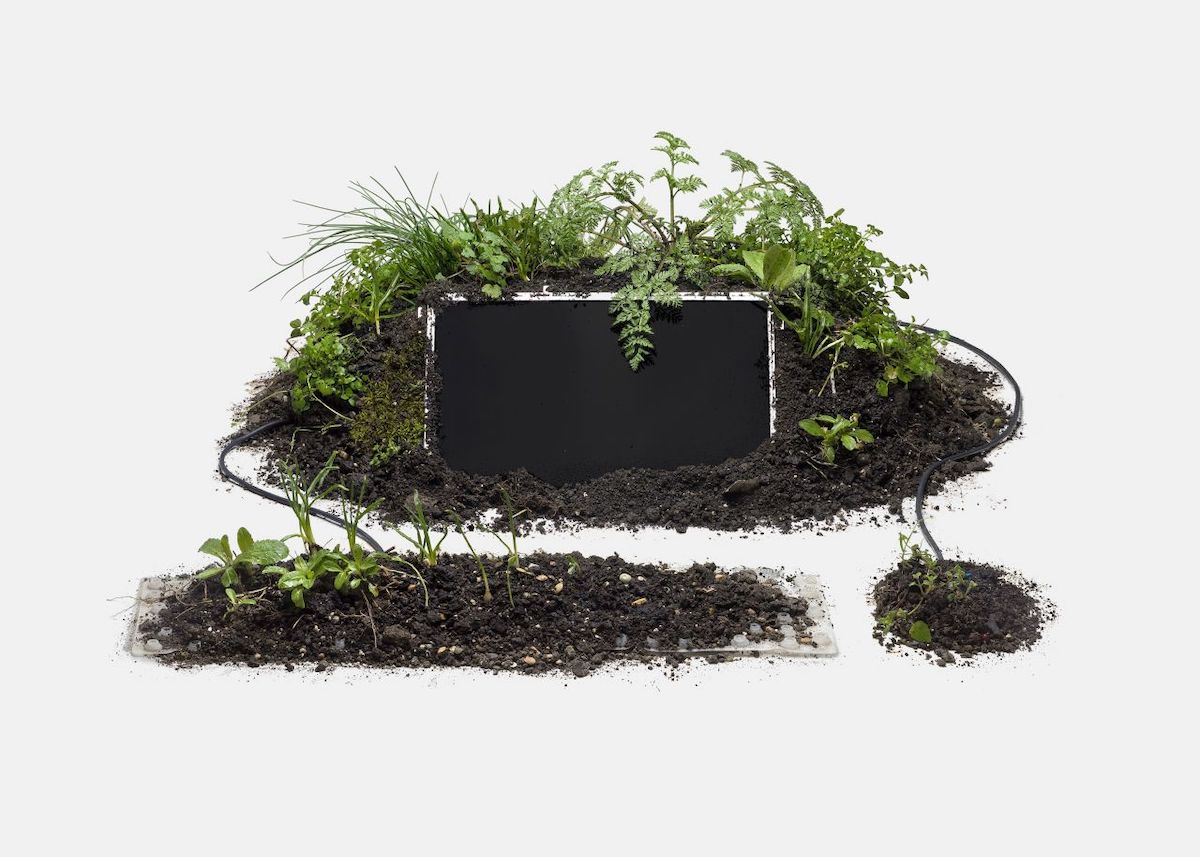
You can follow the designers’ creative work on their Instagram account.
Read More: